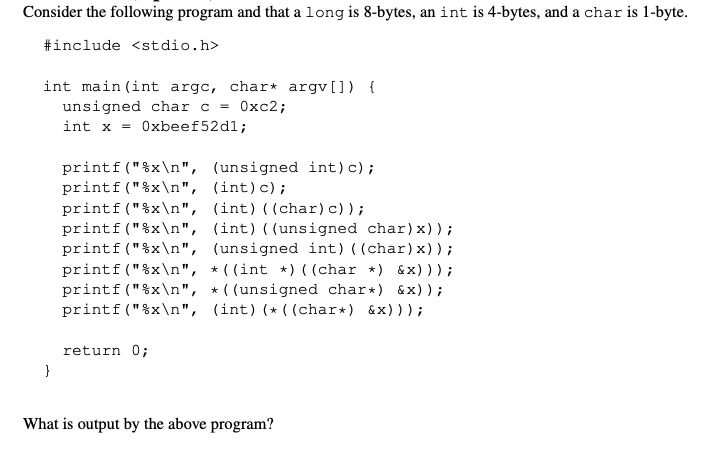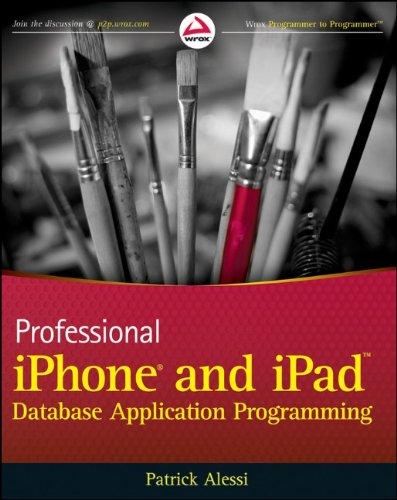Answered step by step
Verified Expert Solution
Question
1 Approved Answer
Consider the following program and that a long is 8-bytes, an int is 4-bytes, and a char is 1-byte. #include int main(int argc, chart argv[])

Step by Step Solution
There are 3 Steps involved in it
Step: 1

Get Instant Access to Expert-Tailored Solutions
See step-by-step solutions with expert insights and AI powered tools for academic success
Step: 2

Step: 3

Ace Your Homework with AI
Get the answers you need in no time with our AI-driven, step-by-step assistance
Get Started


